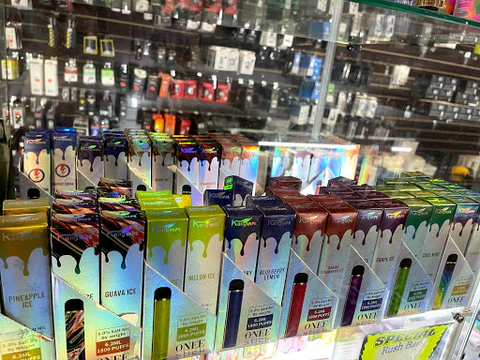DTF Printer Damper White Ink Troubleshooting & Maintenance Guide

Direct-to-Film (DTF) printing has become one of the most reliable and versatile methods for high-quality apparel transfers. However, consistent print quality depends greatly on the proper functioning of dampers—especially the ones handling white ink. The DTF Printer Damper White Ink component plays a crucial role in maintaining ink pressure, filtering impurities, and ensuring smooth ink flow from the tank to the print head. When this part is overlooked, issues such as clogging, banding, or ink starvation are inevitable. This guide provides a complete overview of troubleshooting, maintaining, and extending the life of your DTF dampers for optimal print performance.
Understanding the Role of the White Ink Damper in DTF Printers
White ink is thicker and more pigment-heavy compared to CMYK inks. Because of this, the damper connected to the white ink line experiences more strain and requires more frequent care. A DTF Printer Damper White Ink unit:
-
Filters micro-particles before they reach the XP600 or other print heads
-
Maintains constant ink pressure
-
Prevents backflow or air bubbles in the system
-
Helps stabilize ink delivery for consistent, opaque white prints
If the damper fails at any point, the printer’s performance significantly drops, leading to wasted film, ink, time, and money.
Common Problems with White Ink Dampers
Below are the most frequent issues users face with white ink dampers and how to identify them early:
1. Ink Flow Blockage
White ink tends to settle and separate, causing pigment buildup in the damper filter. Symptoms include:
-
Faded or patchy white prints
-
Ink starvation warnings
-
Missing white underbase
2. Air Bubbles in the Damper
This causes intermittent print failure, banding, or broken lines. Air enters the system due to poor sealing, low ink levels, or worn connectors.
3. Damper Leakage
If the damper or its O-rings are damaged, small leaks can disrupt pressure and contaminate internal components.
4. Over-pressurization
Excessive pressure inside the ink line may cause ink flooding inside the print head, leading to unpredictable print defects.
Troubleshooting Steps for DTF White Ink Dampers
Follow this systematic process when encountering print inconsistencies:
1. Check Ink Circulation
Before assuming the damper is faulty, verify that your white ink has been shaken properly and that the circulation pump is working. Unshaken white ink is one of the primary causes of damper clogging.
2. Examine the Damper for Pigment Build-Up
Remove the damper and hold it against a light source. If you see dark spots or blockage, replace it immediately. Cleaning dampers is usually ineffective for white ink due to deep pigment saturation.
3. Remove Air Bubbles
To clear air:
-
Gently prime the ink line using a syringe
-
Ensure the damper is fully filled with ink
-
Reseat it securely onto the print head
4. Inspect All O-Rings and Connectors
Loose connections allow tiny air leaks that are hard to detect. Replace worn seals to restore normal ink pressure.
5. Check Ink Level in the Tank
If the ink tank runs too low, air enters the damper. Maintain ink levels above 30% at all times.
Maintenance Tips for Long Damper Life
Routine care prevents costly downtime and protects your print head from damage.
1. Replace Dampers Regularly
For heavy users, a new DTF Printer Damper White Ink should be installed every 1–2 months. For light users, every 3–4 months is adequate.
2. Maintain White Ink Weekly
-
Shake the white ink bottles daily
-
Run an agitation cycle if your printer supports it
-
Stir or rotate the white ink tank to prevent sediment buildup
3. Run Nozzle Checks and Small Cleanings
Five-minute preventive maintenance saves hours of troubleshooting. Look for:
-
Missing nozzles
-
Weak white print
-
Uneven underbase
4. Keep the Printer Environment Clean
Avoid dust around the printer. Dust particles can easily enter the damper and clog the print head.
5. Use High-Quality White Ink
Cheaper ink has heavier particles that settle faster, causing damper failure. Always choose ink specifically formulated for DTF printing.
When to Replace the White Ink Damper Immediately
Change the damper without delay if you notice:
-
Continuous banding in white
-
Sudden drop in ink pressure
-
Dampers not holding ink
-
Ink leaking from the damper assembly
-
Repeated clogging despite cleaning
Installing a fresh DTF Printer Damper White Ink can restore print quality instantly and prevent damage to your XP600 or other print heads.
Final Thoughts
Proper damper maintenance is vital for achieving bright, consistent, and professional-quality DTF prints. White ink is the backbone of DTF technology, so keeping its damper clean, clear, and functioning ensures your printer performs at its best. With regular inspection, timely replacement, and careful ink handling, you can significantly reduce downtime and maximize the lifespan of your print head and entire printing system.






